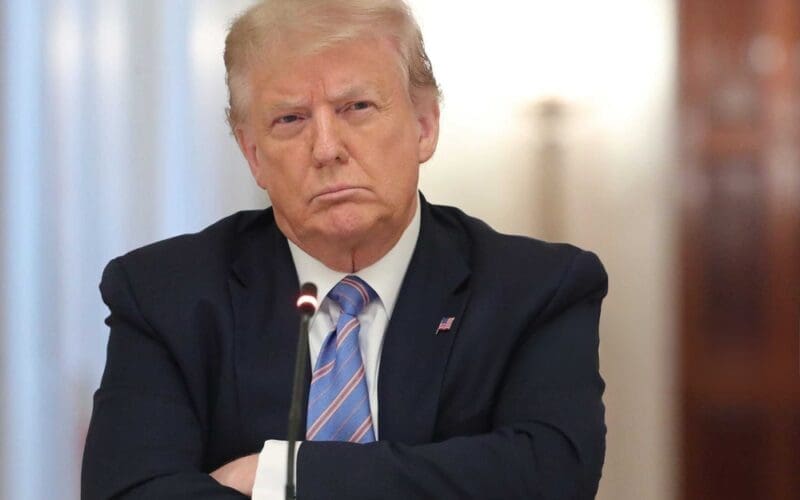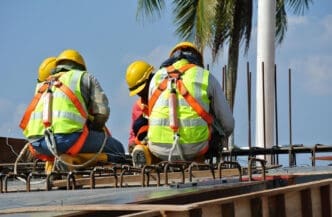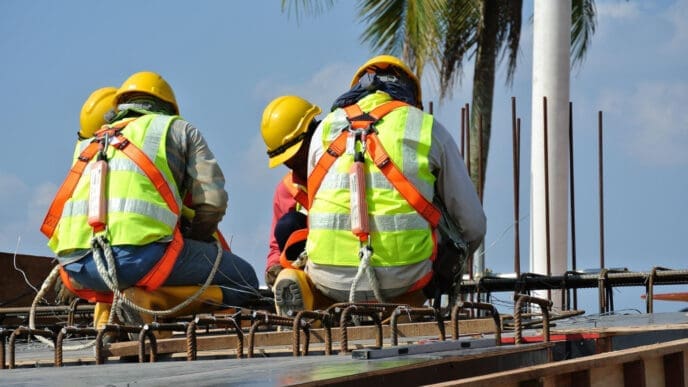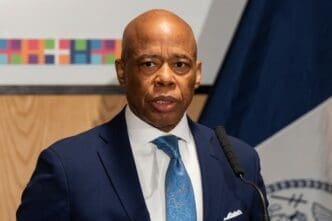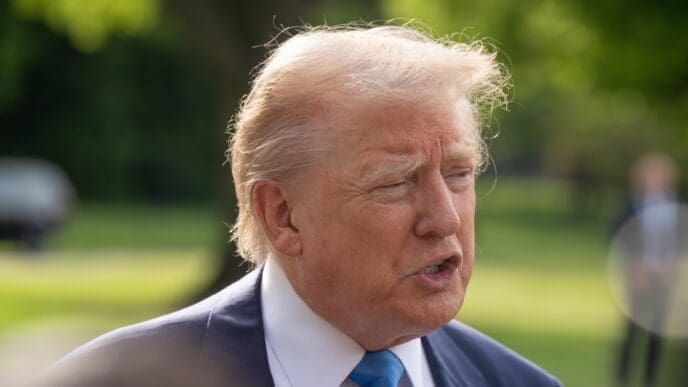Washington, D.C. – Around 2,000 communities nationwide are gearing up to protest against the Trump administration on June 14th, coinciding with President Donald Trump’s birthday and the Army’s 250th anniversary. The surge in protests is notably higher in 2025 compared to previous presidencies, with a significant focus on immigration issues. President Trump’s deployment of the military in Los Angeles is seen as a controversial element in the broader landscape of American protests.
June 14 marks not only President Donald Trump’s birthday and a significant military anniversary but also a nationwide demonstration dubbed “No Kings” day. This event sees approximately 2,000 communities across the United States organizing protests to oppose perceived authoritative measures by the Trump administration. This marks the third round of major nationwide protests within three months during President Trump’s second term, building on the momentum from the 50501 movement and the “Hands Off!” protests.
Organizers anticipate these protests to be the largest yet, potentially fueled by President Trump’s decision to deploy the National Guard and Marines to Los Angeles. His early months back in office have introduced a series of contentious directives, raising the question of whether public protests are becoming more frequent under his administration.
The Crowd Counting Consortium, a collaborative effort by the Harvard Kennedy School and the University of Connecticut, tracks political crowd activities in the U.S. Their data indicates that from January 1 to May 31 of 2025, there were 14,713 protests, a stark increase from the 4,641 protests during the same period in 2017 and 10,933 in 2021. This suggests a heightened level of public dissent during President Trump’s second term, with immigration becoming a central theme.
Dave Clark, a professor of political science at Binghamton University, notes the unprecedented frequency and national scale of these protests. He emphasizes that the immigration-focused demonstrations exhibit characteristics of a persistent movement, maintaining visibility and public discourse, though their impact on policy remains uncertain.
Notably, anti-immigrant protests were rare under the Biden administration and almost non-existent during President Trump’s first term. However, recent actions, such as sending the California National Guard to manage protests in Los Angeles without state consent, may increase public participation in the upcoming demonstrations. The deployment of military forces for civil control represents a significant deviation from standard practices, potentially sparking greater public reaction.
Despite the administration’s initial hardline stance, the White House later clarified that peaceful protests are acceptable. Nonetheless, the “No Kings” protest organizers believe that military involvement might incite additional participants on the protest day.
While no events are planned for Washington, D.C., reports indicate an unusually high number of arrests in recent protests across the country. Professor Clark highlights that such mass arrests are rare in Western democracies, particularly in the U.S., which is accustomed to frequent protests.




